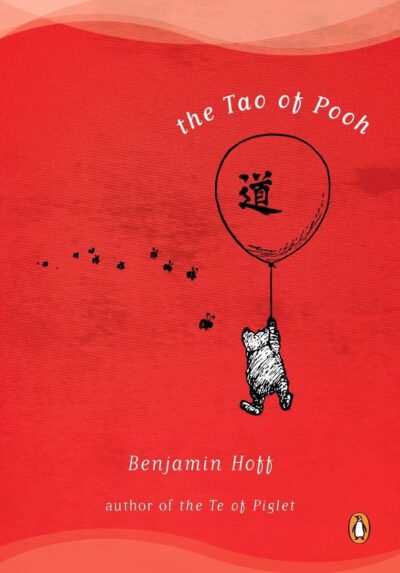88 Results in the "Non-Fiction" category
Biography & Memoir (513)
Books Like (9)
Business & Finance (3)
Children’s Fiction (235)
Dystopian (30)
Education & Learning (26)
Fantasy (1832)
fashion (1)
Fiction (5781)
Health & Wellness (21)
Historical Fiction (662)
Horror (162)
Literary Fiction (1011)
Novel (240)
Others (106)
Philosophy (147)
Poetry (208)
Politics & History (126)
Posts (121)
Psychology (50)
Religion & Spirituality (1)
Romance Novel (771)
Science & Technology (65)
Science Fiction (409)
Self-Help & Personal Development (112)
The Ultimate Book Lists (1)
Thriller / Mystery (912)
Travel & Adventure (2)
True Crime (57)
view (96)
Young Adult (751)
-
Story
Men, Women, and Ghosts
 Men, Women, and Ghosts by Elizabeth Stuart Phelps is a collection of short stories blending realism with supernatural elements, exploring the lives, emotions, and inner struggles of its characters. Published in 1869, the book delves into themes of love, loss, war, and the human psyche, often with a focus on the impact of the Civil War on individuals and families. Phelps' stories are known for their psychological depth and moral complexity, as well as their daring exploration of women's roles and inner lives. With a mix of ghostly encounters and poignant human experiences, *Men, Women, and Ghosts* is celebrated for its sensitive, sometimes haunting portrayal of the spiritual and emotional dimensions of everyday life.
Men, Women, and Ghosts by Elizabeth Stuart Phelps is a collection of short stories blending realism with supernatural elements, exploring the lives, emotions, and inner struggles of its characters. Published in 1869, the book delves into themes of love, loss, war, and the human psyche, often with a focus on the impact of the Civil War on individuals and families. Phelps' stories are known for their psychological depth and moral complexity, as well as their daring exploration of women's roles and inner lives. With a mix of ghostly encounters and poignant human experiences, *Men, Women, and Ghosts* is celebrated for its sensitive, sometimes haunting portrayal of the spiritual and emotional dimensions of everyday life.-
4.9 K • Nov 8, '24
-
4.6 K • Nov 8, '24
-
5.6 K • Nov 8, '24
-
-
Story
Worldly Ways and Byways
 Worldly Ways and Byways by Eliot Gregory is a collection of essays published in 1898 that humorously critiques social etiquette, cultural norms, and the manners of the late 19th century. Gregory offers witty commentary on topics such as American versus European manners, the superficiality of certain social customs, and the influence of wealth on society. The essays, written in a light-hearted and satirical tone, provide an insightful glimpse into the social mores of the Gilded Age, making it both a delightful and thought-provoking read on human nature and social sophistication.
Worldly Ways and Byways by Eliot Gregory is a collection of essays published in 1898 that humorously critiques social etiquette, cultural norms, and the manners of the late 19th century. Gregory offers witty commentary on topics such as American versus European manners, the superficiality of certain social customs, and the influence of wealth on society. The essays, written in a light-hearted and satirical tone, provide an insightful glimpse into the social mores of the Gilded Age, making it both a delightful and thought-provoking read on human nature and social sophistication.-
5.1 K • Nov 8, '24
-
4.3 K • Nov 8, '24
-
5.0 K • Nov 8, '24
-
-
Story
The Tao of Pooh
 The Tao of Pooh by Benjamin Hoff is a charming and accessible exploration of Taoist philosophy through the beloved characters of A.A. Milne’s Winnie the Pooh.By using Pooh’s simple, natural way of living as a guide, Hoff illustrates key Taoist principles such as effortless action (wu wei), simplicity, and living in harmony with the world.Blending humor, storytelling, and wisdom, The Tao of Pooh offers…
The Tao of Pooh by Benjamin Hoff is a charming and accessible exploration of Taoist philosophy through the beloved characters of A.A. Milne’s Winnie the Pooh.By using Pooh’s simple, natural way of living as a guide, Hoff illustrates key Taoist principles such as effortless action (wu wei), simplicity, and living in harmony with the world.Blending humor, storytelling, and wisdom, The Tao of Pooh offers…-
2.6 K • Apr 27, '25
-
2.6 K • Apr 27, '25
-
2.1 K • Apr 27, '25
-
- Previous 1 … 4 5
